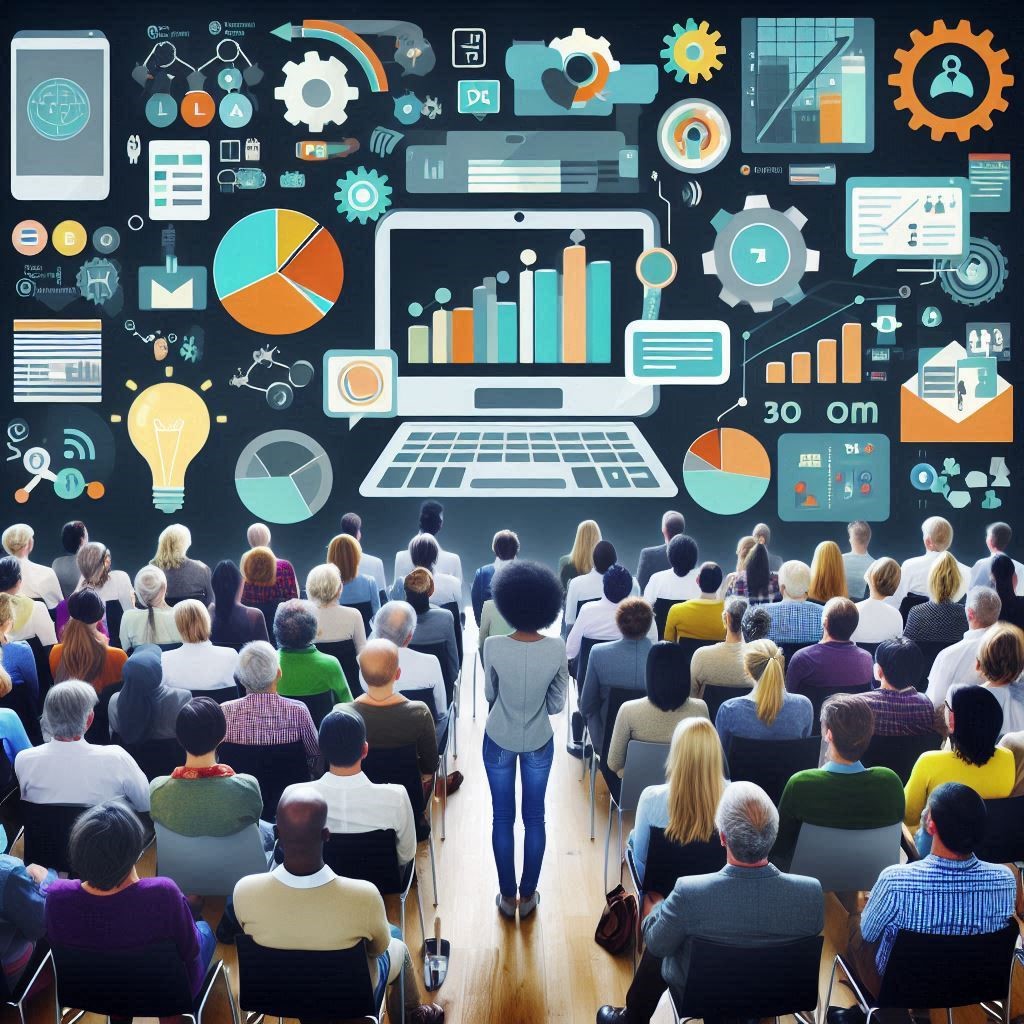Contemporary Trends in Data Analytics: Shaping the Future of Decision-Making
In today’s rapidly evolving digital landscape, data analytics has become a cornerstone of informed decision-making. Businesses, governments, and individuals rely on data-driven insights to make strategic moves, optimize processes, and predict future trends. As data grows in volume, velocity, and variety, new trends in analytics are emerging to meet the challenges and opportunities of our modern world. Here’s a look at some of the most significant contemporary trends shaping the field of data analytics.
1. Artificial Intelligence and Machine Learning Integration
AI and machine learning (ML) are no longer optional tools for analytics—they’re essential. These technologies enable predictive analytics, allowing businesses to anticipate future outcomes based on historical data. AI-powered systems can analyze large datasets at unprecedented speeds, identify patterns, and make real-time decisions, empowering industries such as healthcare, finance, and retail.
Example:
Retailers use AI to personalize customer experiences by analyzing buying behaviors and recommending products. This trend enhances customer satisfaction and drives revenue growth.
2. Real-Time Analytics
In a world where speed is critical, real-time analytics has become a game-changer. Organizations now expect instantaneous insights to respond to events as they happen. Real-time analytics is particularly impactful in industries like e-commerce, where dynamic pricing and inventory management are crucial, or in finance, where fraud detection requires immediate action.
Key Drivers:
- IoT devices
- Streaming data platforms like Apache Kafka
- Cloud computing advancements
3. Data Democratization
Data analytics is no longer confined to data scientists and IT professionals. Tools like Tableau, Power BI, and Looker are making analytics accessible to non-technical users. This trend, known as data democratization, empowers employees across all levels of an organization to make data-informed decisions without needing specialized expertise.
Impact:
Data democratization fosters a culture of data-driven decision-making and reduces bottlenecks in data analysis.
4. Focus on Data Privacy and Ethics
With the increasing use of data comes heightened concerns about privacy and ethical implications. Regulations like GDPR and CCPA emphasize the importance of protecting user data. Companies are now focusing on building transparent data practices, ensuring compliance, and adopting privacy-preserving techniques like differential privacy and federated learning.
Trend Insights:
Organizations must balance analytics innovation with ethical responsibilities to maintain trust and avoid regulatory penalties.
5. Edge Analytics
As IoT devices proliferate, edge analytics has gained prominence. Instead of sending all data to centralized systems for analysis, edge computing processes data locally, at or near the source. This approach reduces latency, improves efficiency, and enables faster decision-making.
Applications:
- Autonomous vehicles analyzing sensor data in real-time
- Smart factories optimizing production processes instantly
6. Augmented Analytics
Augmented analytics leverages AI to enhance the entire analytics process, from data preparation to insight generation. Natural language processing (NLP) and conversational interfaces allow users to interact with data intuitively, asking questions and receiving answers in plain language.
Benefits:
- Streamlined workflows
- Reduced dependency on technical expertise
- Accelerated time-to-insight
7. Hyperautomation in Data Analytics
Hyperautomation, the use of advanced technologies like AI, ML, and RPA (robotic process automation), is revolutionizing analytics workflows. By automating repetitive tasks such as data cleansing, integration, and reporting, organizations can focus more on strategic analysis and innovation.
Example:
Financial institutions are automating risk assessment processes to improve accuracy and reduce human bias.
8. Cloud-Native Analytics
The shift to cloud-native solutions is accelerating as businesses prioritize scalability, flexibility, and cost-efficiency. Cloud platforms like AWS, Google Cloud, and Azure provide robust analytics services, enabling organizations to handle large-scale data operations seamlessly.
Trend Highlight:
Hybrid and multi-cloud strategies are becoming popular as companies seek to avoid vendor lock-in and optimize costs.
9. Data Visualization Evolution
The ability to communicate insights effectively is as important as generating them. Modern data visualization tools now include interactive dashboards, storytelling features, and augmented reality (AR) capabilities. These advancements make it easier to convey complex data narratives to diverse audiences.
Popular Tools:
- Power BI
- Tableau
- D3.js
10. Sustainability Analytics
As sustainability becomes a priority, analytics is being used to track and optimize environmental, social, and governance (ESG) efforts. From carbon footprint analysis to waste management optimization, data-driven approaches are crucial for achieving sustainability goals.
Industries Leading the Way:
- Energy and utilities
- Manufacturing
- Transportation
Conclusion
Data analytics continues to evolve, driven by technological advancements, changing consumer demands, and regulatory pressures. By staying ahead of these trends, organizations can harness the full potential of their data, gaining a competitive edge in an increasingly data-centric world. Whether it’s adopting AI-powered tools, ensuring ethical data practices, or leveraging real-time insights, the future of data analytics promises to be as dynamic as the data itself.
15 George Silundika Avenue,
Email: info@dataanalysis.co.zw
Exploring Excel’s LET Function: Simplifying Complex Formulas
Demystifying Data: The Power of Data Storytelling
